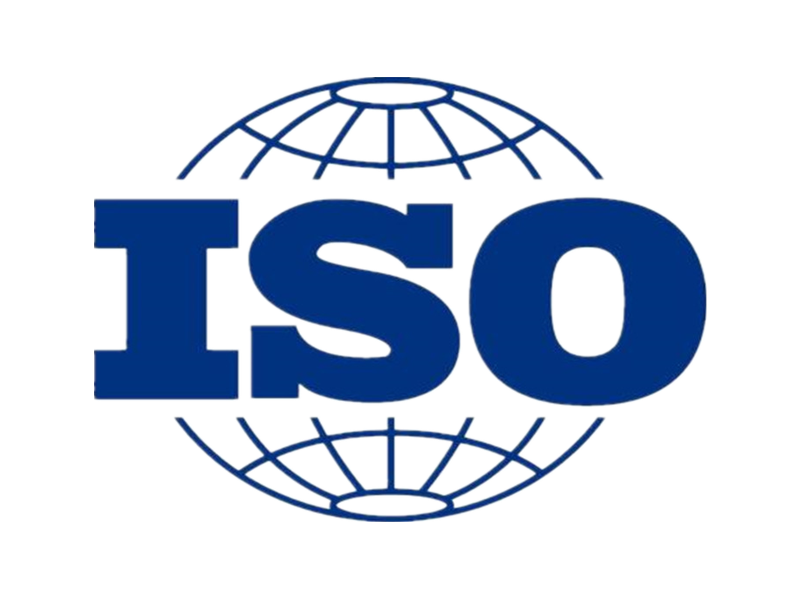Why Doesn'T Stainless Steel Rust?
by:East King
2020-08-30
Stainless steel kind 316 is available in many alternative dimensions and shapes including bar, angle, rounds, plate, channel and beams. This type of stainless steel is extensively used where metal is uncovered to harsh corrosive results like these discovered in the textile, pharmaceutical and chemical industries. It is also used within the nuclear, aerospace and aviation industries. Stainless Type 304is one of the most versatile and commonly used grades of stainless steel. It is a Chromium-Nickel austenitic alloy containing a minimal of 18% Chromium and eight% Nickel with a max of 0.08% Carbon.
The austenitic structure of this steel provides it wonderful toughness. Stainless 316 has a tensile power 80,000psi and elongation is 50%.
Stainless steel kind 304 comes in many alternative dimensions and shapes including bar, angle, rounds, plate, channel and beams. �This steel is utilized in many industries for many different purposes. Some examples are food processing equipment, kitchen gear and appliances, paneling, trims, chemical containers, fasteners, springs, etc. Want the polished look of stainless steel sheet metal in your next remodeling or redecorating project? Look no further than CutsMetal for all of the polished stainless steel sheet products you should add the perfect contact.
Stainless Type 316is a regular molybdenum-bearing austenitic stainless steel grade. It is austenitic, nonmagnetic, and thermally non hardenable. The alloying element of molybdenum gives type 316 extra corrosion resistance than steel and iron and even type 304 stainless steel. It is particularly resistant to pitting and crevice corrosion in chemical, salt and acidic environments. As a result of these characteristics it is more proof against marine environment.
It cannot be hardened by heat treatment however chilly working can produce higher tensile strengths. The Chromium and Nickel alloy present Type 304 with corrosion and oxidation resistance far superior to steel or iron. It has decrease carbon content material than 302 which allow it to attenuate chromium carbide precipitation because of welding and intergranular corrosion. Type 304 has an ultimate tensile power of 51,500 psi, yield energy of 20,500 psi and forty% elongation in 2”.
316L stainless steel sheet metal, additionally called marine-grade stainless steel, is used primarily for its increased resistance to corrosion. The 'L' means that the carbon content material of the alloy is below zero.03%, which makes the 316L stainless steel sheet preferable for welding. 316L is austenitic, that means it is not going to appeal to magnets like the 430 grade. The minimum 10.5% chromium in stainless steels supplies resistance to roughly 700 °C (1,300 °F), while sixteen% chromium offers resistance up to approximately 1,200 °C (2,200 °F).
Type 304, the most typical grade of stainless steel with 18% chromium, is resistant to approximately 870 °C (1,600 °F). Other gases, such as sulfur dioxide, hydrogen sulfide, carbon monoxide, chlorine, additionally assault stainless steel. Resistance to other gases depends on the type of gasoline, the temperature, and the alloying content of the stainless steel. Resistance to corrosion and staining, low maintenance, and familiar luster make stainless steel a perfect materials for a lot of functions where each the power of steel and corrosion resistance are required. Moreover, stainless steel can be rolled into sheets, plates, bars, wire, and tubing.
In metallurgy, stainless steel is defined as a steel alloy with a minimum of 10.5 or eleven% chromium content by mass. Stainless steel does not stain, corrode, or rust as simply as odd steel, however it isn't stain-proof. It is also referred to as corrosion-resistant steel or CRES when the alloy sort and grade usually are not detailed, notably within the aviation business. There are different grades and floor finishes of stainless steel to swimsuit the surroundings to which the material might be subjected in its lifetime. Stainless steel is used the place both the properties of steel and resistance to corrosion are required.
Custom message











